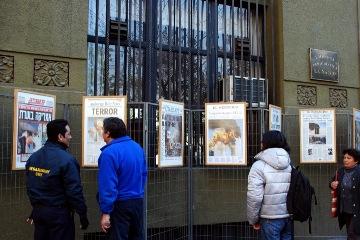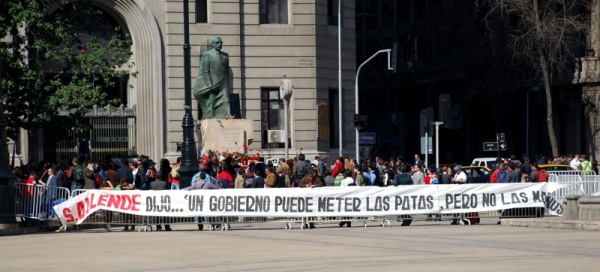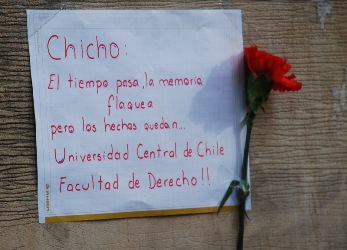Photos courtesy of author
Properly, it is called “Once de Septiembre,” and it might seem to Americans that Chile is recognizing “our” September 11th. In fact, an art display just steps from the presidential palace, and in front of the country’s left-leaning newspaper, La Nación’s headquarters is a small art show, with front newspaper pages depicting the events that transpired on September 11th, 2001. Beside it is a small photo exhibit of peaceful New York, with the towers still standing.


